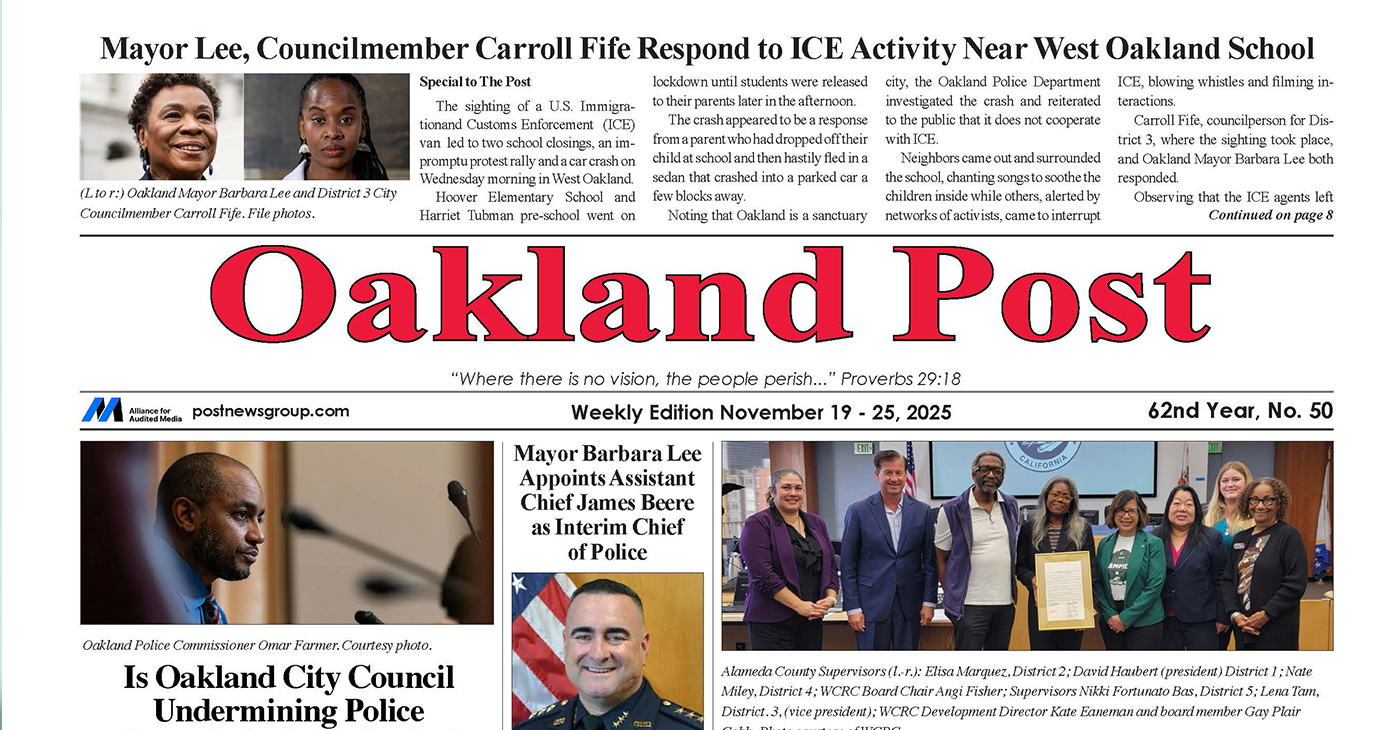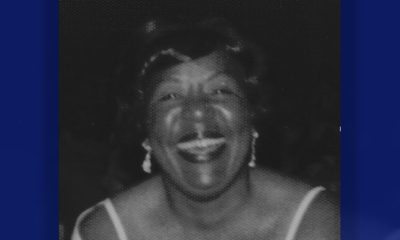Black History
Amenhotep III: A Peaceful Reign in Ancient Egypt
Amenhotep suffered from severe dental problems, arthritis, and possibly obesity in his later years. After ruling Egypt for 38 years, he died in 1353 BCE.

Tuthmosis IV left his son an empire of immense size, wealth, and power: the 18th Dynasty of Egypt.
At 12 years old, Amenhotep III (c. 1386–1353 BCE) came to the throne and married Tiye in a royal ceremony. Tiye, who was among several of Amenhotep’s wives, would bear seven children. However, immediately after the marriage she became the one—the great royal wife, an honor that her own mother-in-law never held. Tiye could then outrank her in courtly matters.
Although Amenhotep and Tiye were by today’s standards still in their youth, Egypt’s wealthy and powerful often ruled at an early age. According to Egyptologist Zahi Hawass, “Amenhotep III was born into a world where Egypt reigned supreme. Its coffers were filled with gold, and its vassals bowed down before the mighty rulers of the Two Lands [Egypt].”
After his marriage to Tiye, Amenhotep continued his father’s work in implementing new building programs throughout Egypt. During his reign, he ordered the construction of more than 250 buildings, temples, and stone slabs erected as monuments. All were immense in size and boasted intricate details. Today, the statues known as the Colossi of Memnon, are all that is left of Amenhotep III’s mortuary temple. According to historians, Amenhotep envisioned an “Egypt so splendid that it would leave one in awe.”
A master of diplomacy, Amenhotep placed surrounding nations in his debt by giving them gold. Doing so encouraged loyalty and made them followers. These relationships soon grew profitable and his generosity to friendly kings became well established.
Amenhotep was known for his hunting skills which were noted in inscriptions: “the total number of lions killed by His Majesty with his own arrows, from the first to the tenth year [of his reign] was 102 wild lions.” He was also an adept military leader. Some historians say that he “probably fought, or directed his military commanders, in one campaign in Nubia and he had inscriptions made to commemorate that expedition.”
Many foreign rulers wanted Amenhotep to provide them Egyptian wives. Respecting the women of his land, he swore that “no daughter of Egypt had ever been sent to a foreign land and would not be sent under his reign.”
Amenhotep was also humble in his practice of the ancient Egyptian religion, which proved to be the foundation for his interest in the arts as well as construction. His greatest contribution to Egyptian culture was his ability to maintain peace and prosperity, which enabled him to devote his time to the arts.
Amenhotep suffered from severe dental problems, arthritis, and possibly obesity in his later years. After ruling Egypt for 38 years, he died in 1353 BCE.
Letters penned by foreign rulers expressed their grief and condolences to Queen Tiye. The letters confirmed that these monarchs hoped to continue the same good relations with Egypt under the new king as they had with Amenhotep III. With Amenhotep’s passing, his son, then called Amenhotep IV, began his reign.
Activism
Oakland Post: Week of December 10 – 16, 2025
The printed Weekly Edition of the Oakland Post: Week of – December 10 – 16, 2025

To enlarge your view of this issue, use the slider, magnifying glass icon or full page icon in the lower right corner of the browser window.
Activism
Oakland Post: Week of November 26 – December 2, 2025
The printed Weekly Edition of the Oakland Post: Week of November 26 – December 2, 2025

To enlarge your view of this issue, use the slider, magnifying glass icon or full page icon in the lower right corner of the browser window.
Activism
Oakland Post: Week of November 19 – 25, 2025
The printed Weekly Edition of the Oakland Post: Week of November 19 – 25, 2025

To enlarge your view of this issue, use the slider, magnifying glass icon or full page icon in the lower right corner of the browser window.
-

 Activism4 weeks ago
Activism4 weeks agoOakland Post: Week of November 12 – 18, 2025
-

 Activism3 weeks ago
Activism3 weeks agoIN MEMORIAM: William ‘Bill’ Patterson, 94
-

 Activism4 weeks ago
Activism4 weeks agoHow Charles R. Drew University Navigated More Than $20 Million in Fed Cuts – Still Prioritizing Students and Community Health
-

 Bay Area4 weeks ago
Bay Area4 weeks agoNo Justice in the Justice System
-

 #NNPA BlackPress3 weeks ago
#NNPA BlackPress3 weeks agoBeyoncé and Jay-Z make rare public appearance with Lewis Hamilton at Las Vegas Grand Prix
-

 #NNPA BlackPress3 weeks ago
#NNPA BlackPress3 weeks agoLewis Hamilton set to start LAST in Saturday Night’s Las Vegas Grand Prix
-

 Activism3 weeks ago
Activism3 weeks agoOakland Post: Week of November 19 – 25, 2025
-

 #NNPA BlackPress4 weeks ago
#NNPA BlackPress4 weeks agoThe Perfumed Hand of Hypocrisy: Trump Hosted Former Terror Suspect While America Condemns a Muslim Mayor















































